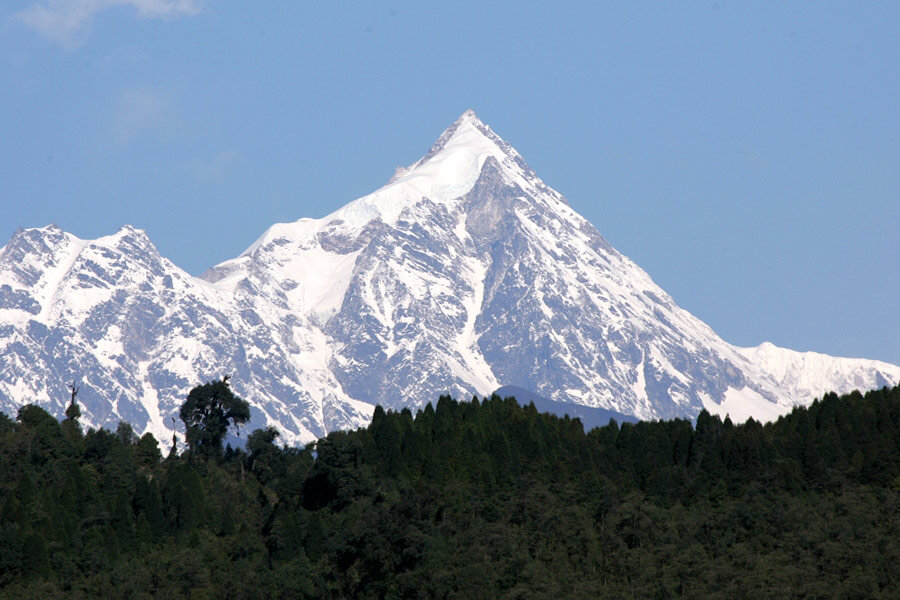5 climbers feared dead on Nepal peak
Loading...
| KATMANDU, Nepal
Five climbers including two Hungarians and a South Korean are missing on the world's third-highest mountain and feared dead, a mountaineering official said Friday.
The five disappeared Monday on Mount Kanchenjunga, and bad weather was preventing a rescue helicopter from reaching their base camp.
Mountaineering Department official Dipendra Poudel said Friday that the climbers were descending from the summit when they were believed to have slipped or fallen at an altitude of about 7,900 meters (25,900 feet).
The Hungarians have been identified as Zsolt Eross, 45, and Peter Kiss, 27, while the South Korean climber is Namsoo Park, 47. The Nepalese guides have been identified as Phu Dorjee, 24, and Bibash Gurung, 25.
Eross has scaled 10 of the 14 highest peaks in the world and was the first from his country to scale Mount Everest.
Kanchenjunga is 8,586 meters (28,162 feet) high.







